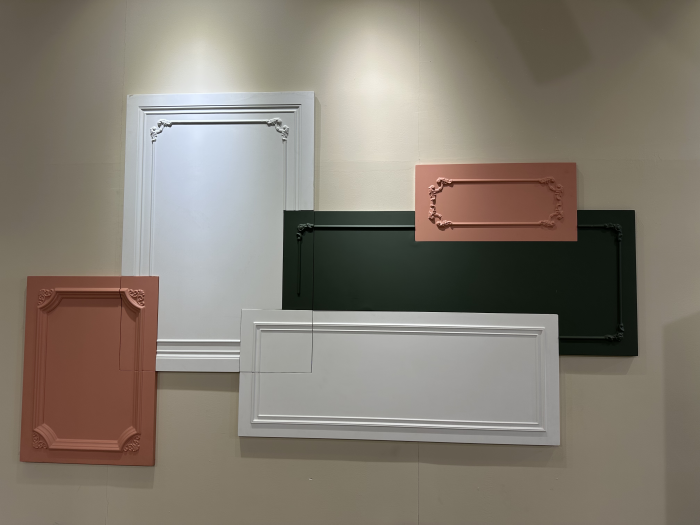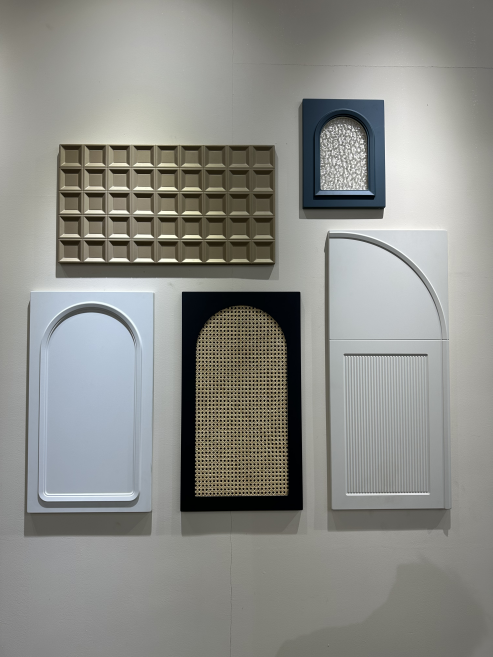How about blister film?
2025-09-09
Known as vacuum forming film or thermoforming film,blister film is a type of plastic material that is heated to soften and then vacuumed onto a mold surface to form a specific shape after cooling. This process is called "blistering" or "vacuum thermoforming".
Simpleto speaking, it is like a flat "plastic skin" that becomes soft when heated and then adheres to molds of various shapes like inflating a balloon through suction. When cooled, it becomes a plastic shell of that shape.

What’s the main Characteristics of Blister Film?
1.High plasticity: After heating, it can be changed into various complex shapes to satisfy diverse packaging and product requirements.
2.Transparency and exhibition: Many blister films ,such as PET and PVC, have high transparency, it can perfectly show the products inside and enhance the appeal of the items.
3.Protective and sealing properties: It can closely wrap the product, preventing scratches, moisture and dust. After being heat-sealed with the paper card.
4.Lightweight and economical: The material is light and thin, which can effectively reduce transportation costs and raw material.
5.Tons of eco-friendly options are available: Recyclable materials such as PET and PP or biodegradable eco-friendly materials can be chosen according to your needs.

What are the common types of blister films?
|
MaterialName |
English Abbreviation |
Primary Characteristics |
Usual Applications |
|
Polyvinyl Chloride (PVC) |
PVC |
high hardness、good toughness、low cost、high transparency、 easy to color、poor environmental friendliness、 |
Primarily used for blister packaging of toys, stationery, electronic products, hardware tools, cosmetics, etc. |
|
Polyethylene Terephthalate (PET) |
PET |
High hardness, good toughness, environmentally friendly and non-toxic, extremely high transparency (like glass), resistant to oils. |
Used for high-end electronic products, food (such as cookies, fruits, salad boxes), cosmetics, medical devices in blister trays and clamshells. |
|
Polystyrene (PS) |
PS |
High hardness, easy to color, low cost,brittle and prone to cracking |
Primarily used in disposable plastic products, such as yogurt cups, fast food boxes, stationery inner trays, etc. It is divided into GPPS (hard and brittle) and HIPS (impact resistant) types. |
|
Polypropylene (PP) |
PP |
High heat resistance (up to over 120°C), environmentally friendly and non-toxic, relatively soft texture, resistant to oils, good chemical stability. |
Used for microwave-safe tableware, food packaging (such as fast food boxes, food storage containers), pharmaceutical packaging, and trays for medical devices that require high-temperature sterilization. |
|
Biodegradable Plastics (e.g., PLA) |
PLA |
Made from renewable resources such as corn starch, compostable and environmentally friendly. However, it is more expensive and usually has lower heat resistance and strength than traditional plastics. |
Primarily used in areas with high environmental friendliness requirements, such as organic food packaging, high-end gift packaging, and eco-friendly event supplies. |
How to choose the right blister film?
The following factors should be considered when choosing it:
1.Product characteristics: For food packaging, non-toxic materials such as PET/PP should be selected; for electronic products, PVC/PET can be chosen to pursue hardness and transparency.
2.Environmental requirements: If recycling is needed, PET and PP are preferred; if biodegradability is required, PLA can be considered.
3.Cost budget: PVC is the cheapest, PET/PP is in the middle, and biodegradable materials are the most expensive.
4.Forming requirements: For products that require deep stretching, materials with better toughness (such as PET) should be chosen; for shallow tray forming, higher hardness is required.



